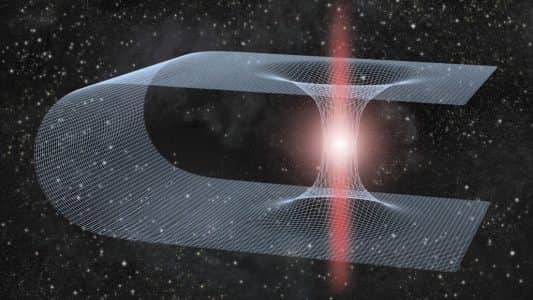Origin of Mercury Traced to Rare Meteorite 'Enstatite Chondrite' - Dispatch Weekly
June 28, 2016 - Reading time: 4 minutes

Researchers have traced the origin of Mercury to a rare meteorite ‘enstatite chondrite’ with scientists arriving at the conclusion based on history of planet and its cooling.
According to researchers from MIT soon after Mercury was formed temperatures of its interiors plummeted by 240 degrees Celsius, or 464 degrees Fahrenheit between 4.2 and 3.7 billion years ago. Based on this rapid cooling and the composition of lava deposits on Mercury’s surface researchers have said that the innermost planet of our Solar system is made up of rare meteorite enstatite chondrite.
One of the reasons why researchers have been able to arrive at this conclusion is that unlike Earth’s dynamic interior, the interior of Mercury is rather stable and ever since the earliest volcanic activity on the planet, there have been no volcanism to wipe out the early history of the planet.
For the study, geologists at MIT used data collected by NASA’s MESSENGER spacecraft that orbited the planet between 2011 and 2015. During the flybys, the spacecraft collected measurements of the planet’s chemical composition. MESSENGER produced images that revealed kilometer-thick lava deposits covering the entire planet’s surface. To determine the chemical composition of these lave deposits, the spacecraft was outfitted with an X-ray spectrometer that measured the X-ray radiation from the planet’s surface, produced by solar flares on the sun.
The team recalculated the surface compositions of all 5,800 locations, and correlated each composition with the type of terrain in which it was found, from heavily cratered regions to those that were less impacted.
The density of a region’s craters can tell something about that region’s age: The more craters there are, the older the surface is, and vice versa. The researchers were able to correlate Mercury’s lava composition with age and found that older deposits, around 4.2 billion years old, contained elements that were very different from younger deposits that were estimated to be 3.7 billion years old.
One of the puzzles that has been a challenge till date is why terrains of different ages on planets have different chemical composition?
A Rare Rock, 10 Standard Deviations Away
To answer that question, researchers went about retracing a lava deposit’s path, from the time it melted inside the planet to the time it ultimately erupted onto Mercury’s surface. For this researchers recreated Mercury’s lava deposits in the lab. From MESSENGER’s 5,800 compositional data points, the scientists selected two extremes: one representing the older lava deposits and one from the younger deposits. The team then converted the lava deposits’ element ratios into the chemical building blocks that make up rock, then followed this recipe to create synthetic rocks representing each lava deposit.
The team melted the synthetic rocks in a furnace to simulate the point in time when the deposits were lava, and not yet solidified as rock. Then, the researchers dialed the temperature and pressure of the furnace up and down to effectively turn back the clock, simulating the lava’s eruption from deep within the planet to the surface, in reverse.
Throughout these experiments, the team looked for tiny crystals forming in each molten sample, representing the point at which the sample turns from lava to rock. This represents the stage at which the planet’s solid rocky core begins to melt, creating a molten material that sloshes around in Mercury’s mantle before erupting onto the surface.
The team found a surprising disparity in the two samples: The older rock melted deeper in the planet, at 360 kilometers, and at higher temperatures of 1,650 C, while the younger rock melted at shallower depths, at 160 kilometers, and 1,410 C. The experiments indicate that the planet’s interior cooled dramatically, over 240 degrees Celsius between 4.2 and 3.7 billion years ago — a geologically short span of 500 million years.
The researchers determined the chemical compositions of the tiny crystals that formed in each sample, in order to identify the original material that may have made up Mercury’s interior before it melted and erupted onto the surface. They found the closest match to be an enstatite chondrite, an extremely rare form of meteorite that is thought to make up only about 2 percent of the meteorites that fall to Earth.

DW Staff
David Lintott is the Editor-in-Chief, leading our team of talented freelance journalists. He specializes in covering culture, sport, and society. Originally from the decaying seaside town of Eastbourne, he attributes his insightful world-weariness to his roots in this unique setting.

_1.jpg)


